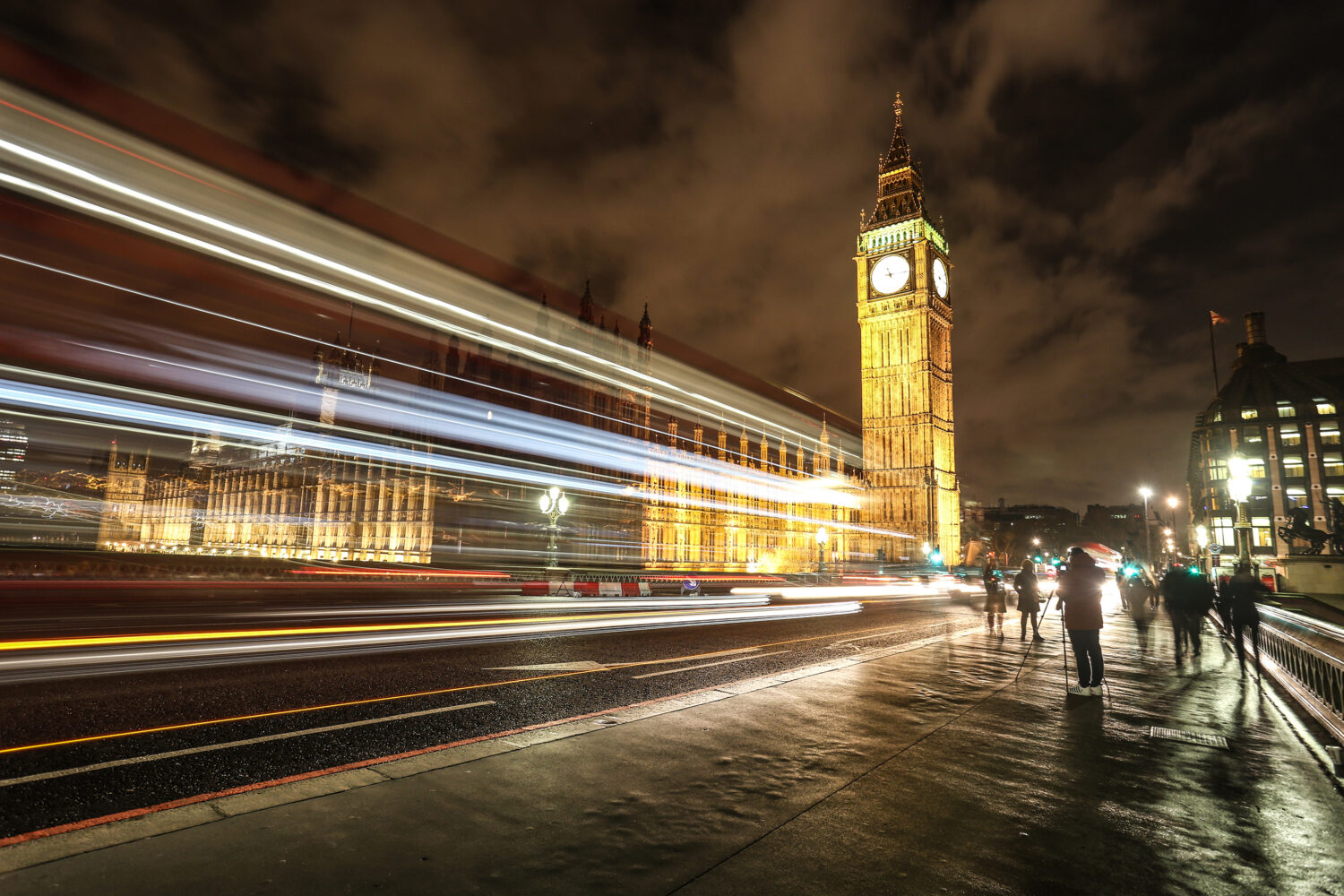

Alex Prior
Honorary Research Fellow
University of East Anglia
‘Our human world speaks to us, most massively, in its buildings’. John Updike
Engaging with the UK Parliament has traditionally been a complex process, exacerbated by the lack of a single, coherent institutional identity. Identities (in communicating and establishing familiarity with an audience) are a common consideration for organisations and institutions which place a value on public engagement. However, concepts of identity and ‘brand’ have traditionally been neglected, if not explicitly opposed, in Parliament. Moreover, attempts by the citizenry to engage with the UK Parliament have been hindered by a lack of means (and often inclination) within the institution to accommodate or realise them. In the last two decades there has been a notable expansion of Parliament’s engagement efforts; however, effective engagement necessitates relevance and relatability, i.e. citizens ‘link[ing] parliamentary activity to their own lives and experiences’. Thus, understanding the relationship between engagement and identity – i.e. the nature of the institution that citizens can relate to – is vital.
The UK Parliament’s institutional identity encompasses many conflicting responsibilities. These include the commitment of Parliament (via its staff and members) to historical significance and ongoing relevance , simultaneously reflecting an ancient monument and a functioning workplace. The indistinct – or, more accurately, pluralised – ‘meaning’ of Parliament is a key factor in the elusiveness of a holistic and coherent model of engagement and institutional identity. The concept of symbolic representation is therefore significant in providing a framework for examining Parliament’s subjective ‘meaning(s)’ – to those who experience it directly and indirectly – as part of its ongoing representative functions.
The Parliamentary Estate encapsulates an abundance of symbolism across time and space, from the Commons Chamber to the Education Centre and Portcullis House. Recent debates surrounding Restoration and Renewal – a programme of extensive repairs and renovations for the Palace of Westminster – have yielded diverse conceptualisations of Parliament as a physical presence and a discursive construction. Parliament’s symbolic role is discussed in this paper through this physical/discursive dynamic. The theoretical framework focuses on symbolic representation and on the role of the legislature as a public space; a site of contested (and therefore simultaneously entrenched and malleable) narratives and symbolic ‘cues’.
This study of parliamentary symbolism in public space utilised focus groups (including citizens and parliamentary staff) and elite interviews, drawing out participants’ own definitions, conceptualisations, and narratives of Parliament. In doing so, this paper marks an important departure from typical research on the degree of parliamentary engagement, which is often focused on quantifiers such as visitor numbers to Westminster, and even gift shop sales, rather than more qualitative studies of Parliament as a physical experience of, and engagement with, Parliament’s institutional identity. As such, it will contribute to a much-needed understanding of the hitherto under-researched relationship between the institution’s physical presence and the perceptions dominating prevailing narratives of Parliament.